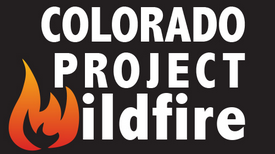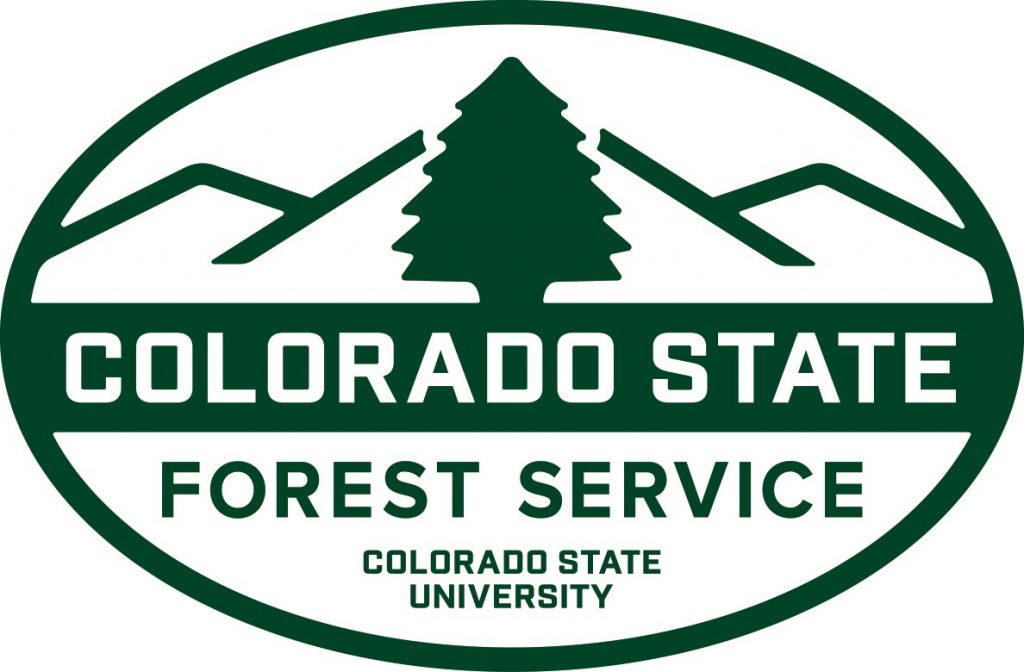
Colorado State Forest Service Launches County-By-County Wildfire Risk Index
Homeowners urged to evaluate risk and take action to protect property and first responders

Marty Schechter, CAR; 303-987-8163, marty@schechterpr.com

Carole Walker, RMIA; 303-790-0216, carole@rmiia.org

Teddy Parker-Renga, CSFS; 970-657-5674, teddy.parker-renga@colostate.edu
DENVER – With more than 200,000 acres of forests burned across the state over the past two months as a result of wildland fires, wildfire mitigation, insurance and REALTOR® professionals continue to push for residents to evaluate and take action to help prevent the potentially devastating impact of fires to property, structures and lives.
The Colorado State Forest Service (CSFS) recently added to its arsenal of wildfire information and interactive tools available to the public with the launch of the wildland-urban interface risk index. With more than half of the state’s population living in a wildfire prone area, the county-by-county index uses housing density combined with modeled fire behavior to determine where the greatest potential impact to people and homes is likely to occur.
The index for each county is presented as an infographic to provide a simplified, accessible overview of the various levels of wildfire risk for residents living in the wildland-urban interface (WUI) in that county. The index is intended to increase awareness of wildfire risk, particularly in counties with a significant amount of its population located in the WUI.
The documents containing the infographics are available in a PDF format through the Colorado Forest Atlas at coloradoforestatlas.org. The public can access and download the documents for each of the 64 counties in Colorado through a drop-down menu available in the Wildfire Risk Viewer application within the Colorado Forest Atlas. The example below shows the document with the risk index infographic for Mesa County.

The CSFS and its partners hope the tool will help initiate and raise awareness of wildfire risk and direct residents to available resources that support risk reduction actions.
“Every homeowner should be aware of the wildfire risk in their community and the associated responsibility to reduce that risk, not only to protect their property, but also to improve the safety of first responders,” said CSFS Wildfire Mitigation Specialist Daniel Beveridge. “There are numerous examples from the past few seasons showing that proactive wildfire mitigation efforts are effective and now is a perfect time for people across the state to take action.”
Although COVID-19 related restrictions have limited or completely prevented residents from conducting group mitigation activities, wildfire mitigation professionals with the CSFS, along with the Colorado Association of REALTORS® and the Rocky Mountain Insurance Association (RMIA), are encouraging individual homeowners to take advantage of any extra time at home to engage in a wide range of low-cost mitigation steps proven to protect homes and land and help reduce damage to structures and communities.
From completing home inventories, including photographs and video, to cleaning gutters and rooftops, to trimming backyard shrubs and trees, to removing flammable materials from the perimeter of the home, there are a wide range of easy steps that homeowners can complete as coronavirus restrictions keep people at home. Reviewing insurance policy details and updating coverage are also key steps in the process, along with creating and reviewing evacuation plans and emergency toolkits.
“It’s critically important we all take steps to prepare our properties and review our insurance policies as our drought conditions and wildfire risk continue to grow,” said Rocky Mountain Insurance Association (RMIA) Executive Director Carole Walker. “Using this increased time at home to create an inventory of personal belongings and checking in with your insurance professional to review coverage are projects we usually procrastinate that will help homeowners be financially prepared for wildfire and natural disasters.”
Based on recommended fire-mitigation activities from the National Fire Protection Association (NFPA), the CSFS advises homeowners complete the following activities at home while practicing social distancing.
Top 10 Wildfire Season Preparation Activities:
- Rake and remove pine needles and dry leaves 5 feet from the home as well as under decks, porches, sheds and play structures.
- Remove leaves and needles from roofs and gutters.
- Sweep porches and decks clear of any burnable plant material.
- Move firewood piles at least 30 feet from the house, preferably uphill.
- Transfer items under decks or porches to a storage area.
- Cover any exposed eave or attic vents with 1/8-inch metal mesh screening.
- Ensure home address signs are clearly visible from the street.
- Contact the local Office of Emergency Management to register for emergency notifications and encourage your friends, family and neighbors to do the same.
- Confirm at least one alternate path out of your neighborhood other than the one most commonly used and be prepared for potential evacuation requiring the alternative route.
- Create an inventory of valuables in your home including written summaries, photography and video. Source: CSFS and NFPA
Wildfire experts and key stakeholder organizations and professionals across the state offer a diverse range of resources and recommendations to help Colorado citizens prepare for and respond to wildfires, including:
- The National Fire Protection Association (NFPA) offers comprehensive research and a wide range of downloadable fact sheets, brochures, checklists and visuals to help residents understand wildfire threats and the steps needed to help protect homes. For more information and access to NFPA tools, visit https://www.nfpa.org/.
- The Rocky Mountain Insurance Association (RMIA) provides downloadable tools, templates and education for homeowners, including home inventory checklists, wildfire prevention tips and evacuation planning tools at www.rmiia.org/index.asp.
- Colorado Association of REALTORS® in cooperation with wildfire and insurance industry experts offers a consumer-focused Colorado Property and Insurance Wildfire Preparedness Guide featuring best practices in wildfire mitigation, defensible space, safety and insurance preparation for property owners, frequently asked questions and direct links to a wide range of local community resources for residents. The guide is available at ColoradoProjectWildfire.com.
“Although it’s easy to be distracted by the drastic changes that coronavirus has brought us in the past six months, we can’t take our eyes off of the significant and potentially deadly threat that wildfires bring to our state each year,” said Ulrich Salzgeber, chairman of the Colorado Project Wildfire Taskforce for the Colorado Association of REALTORS®. “With more than 27,000 members living, working and supporting communities throughout our state, we will continue to be proactive in helping educate and support homeowners and residents living in these WUI areas about the steps they can take and the resources available to them to mitigate their properties and be prepared for the growing wildfire risk.”
# # #


